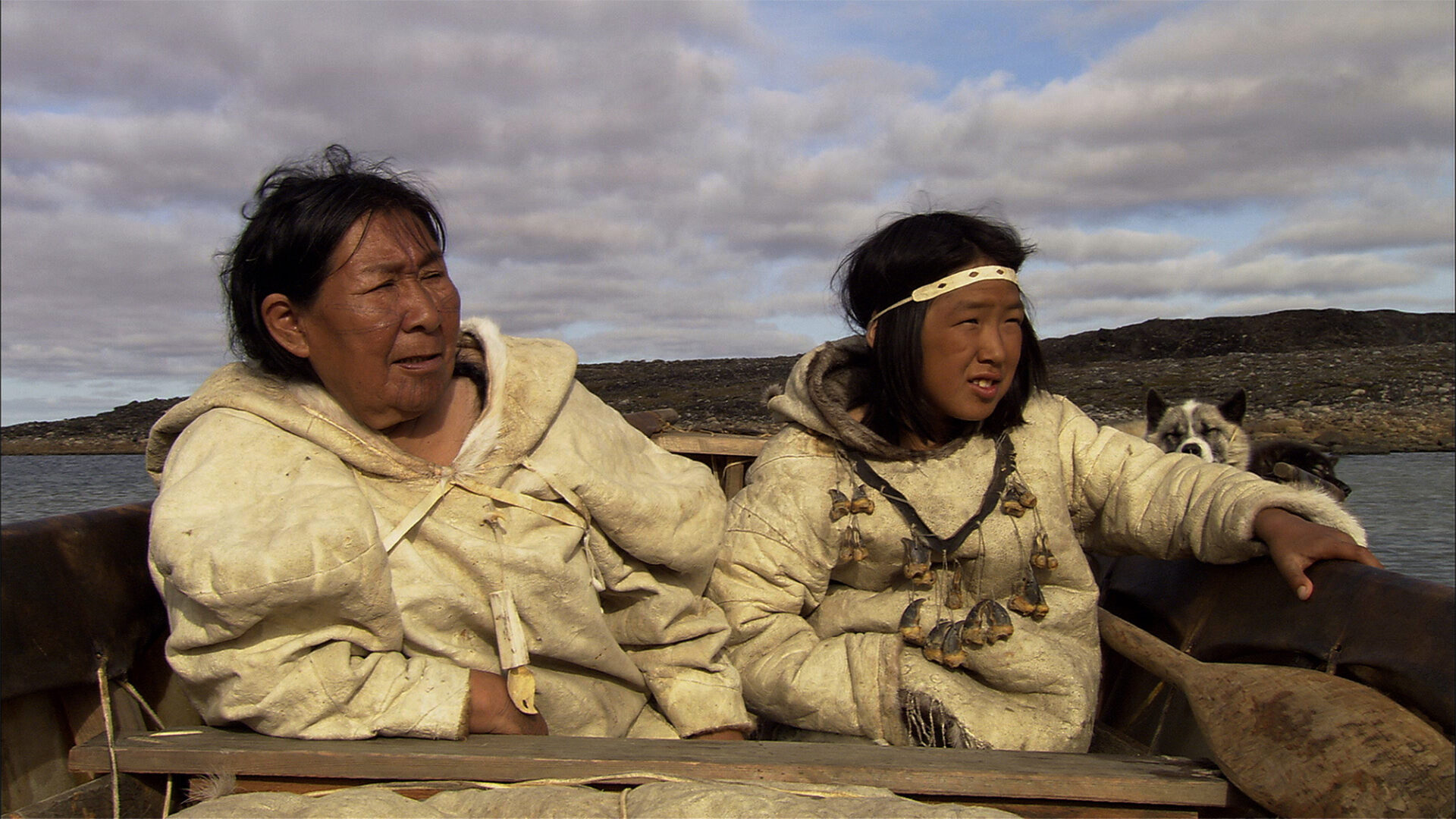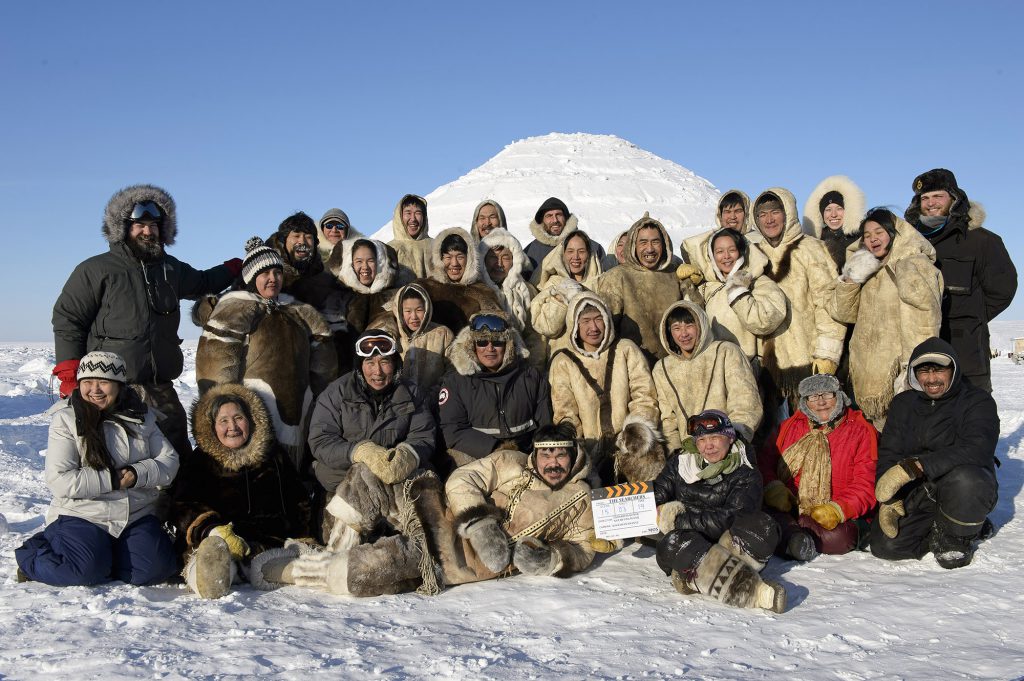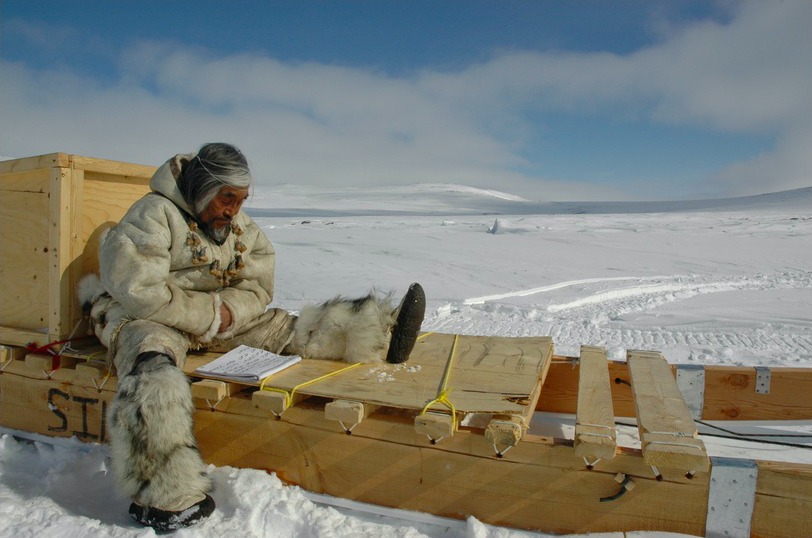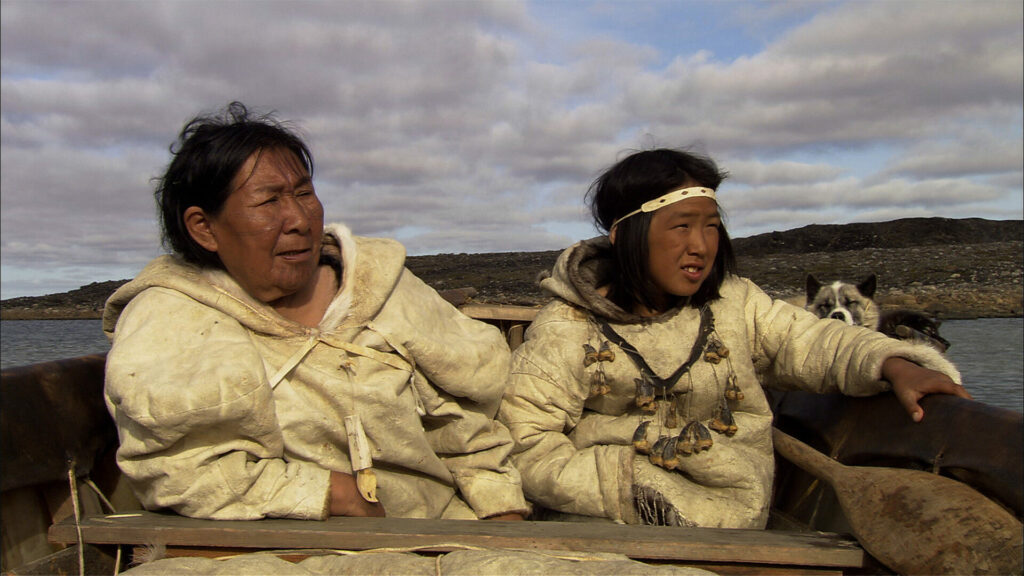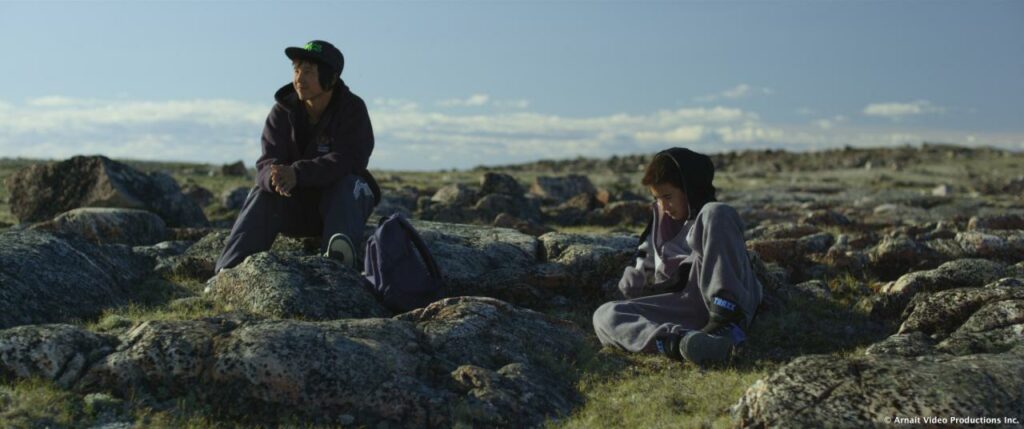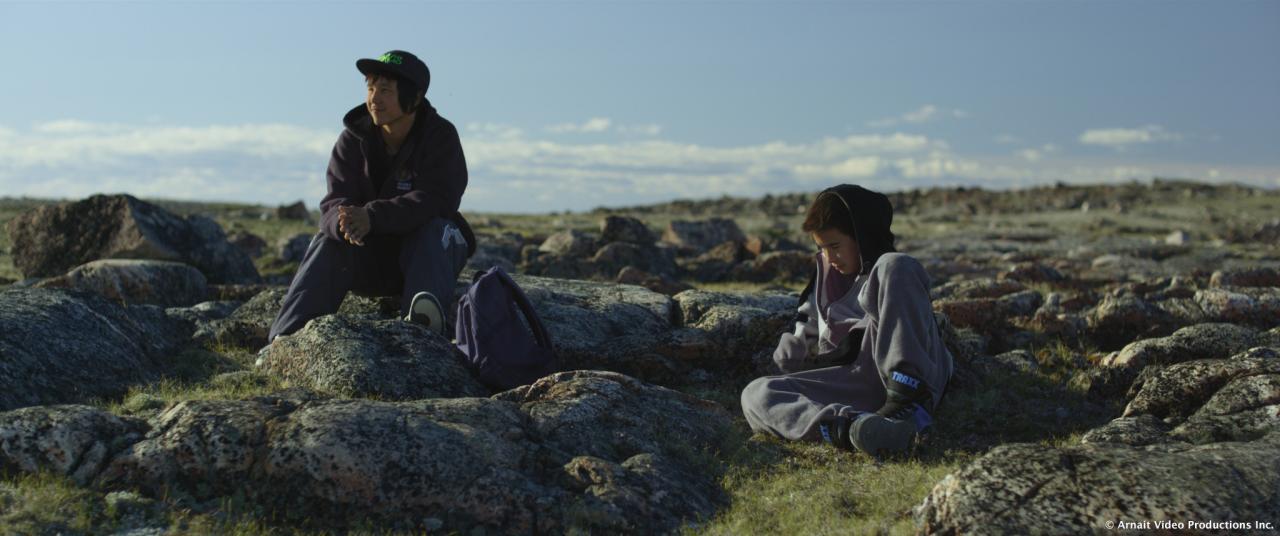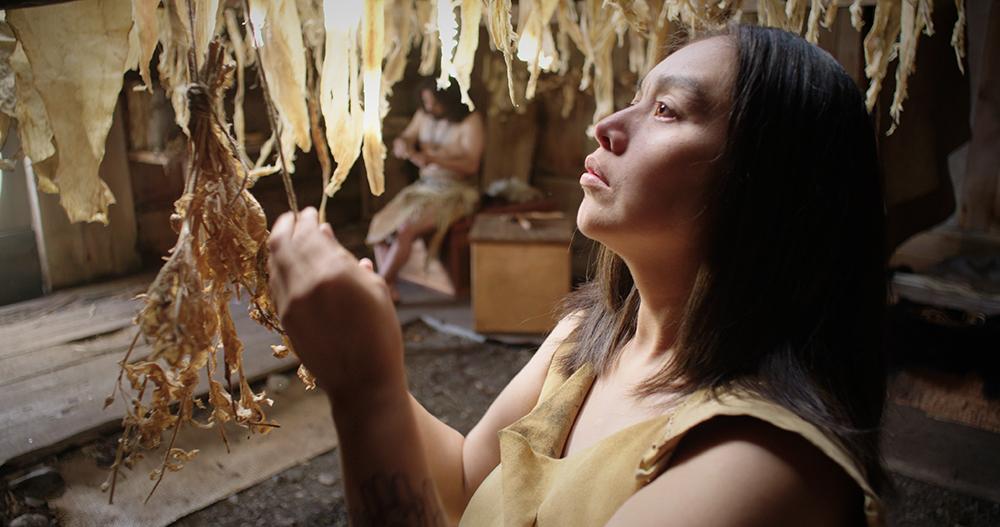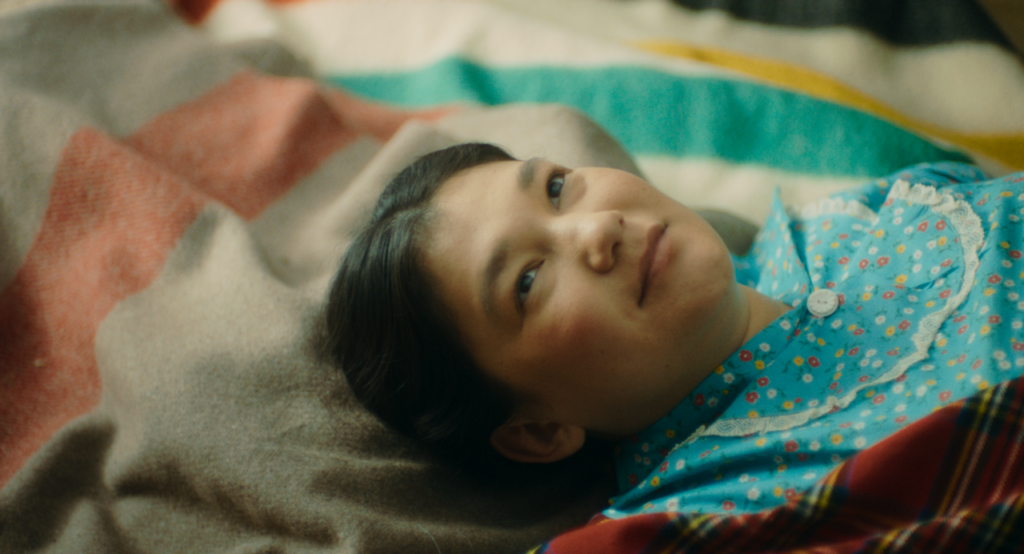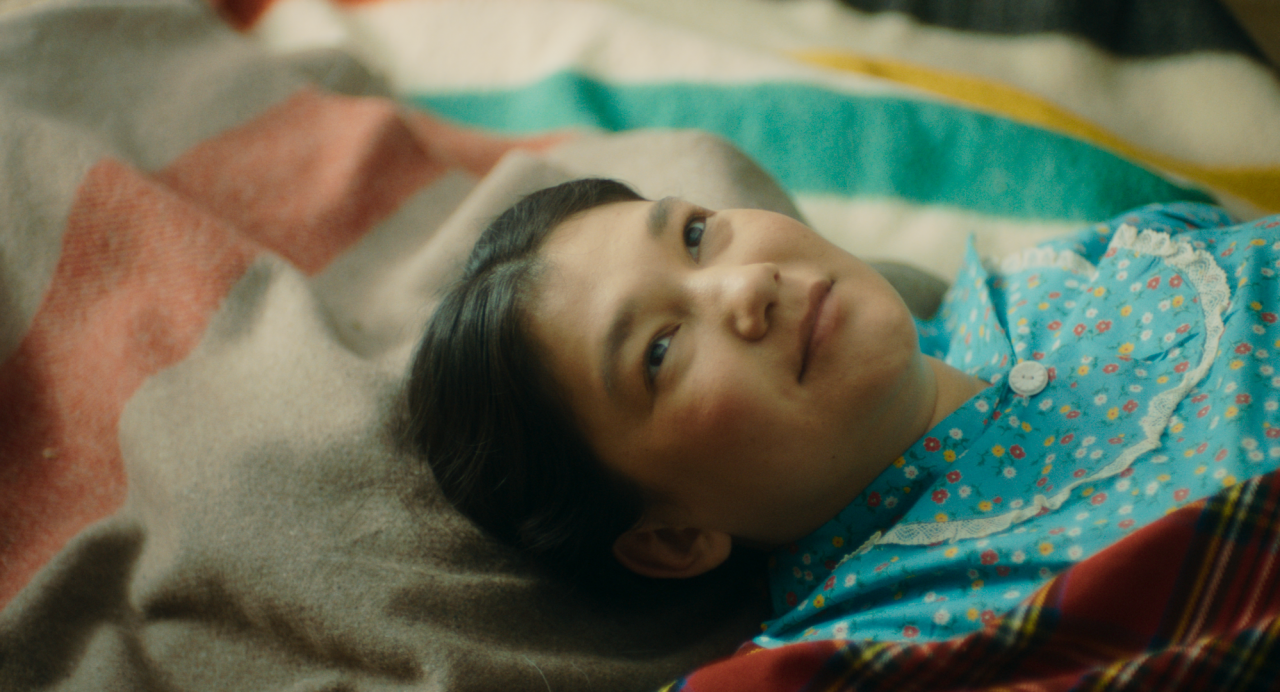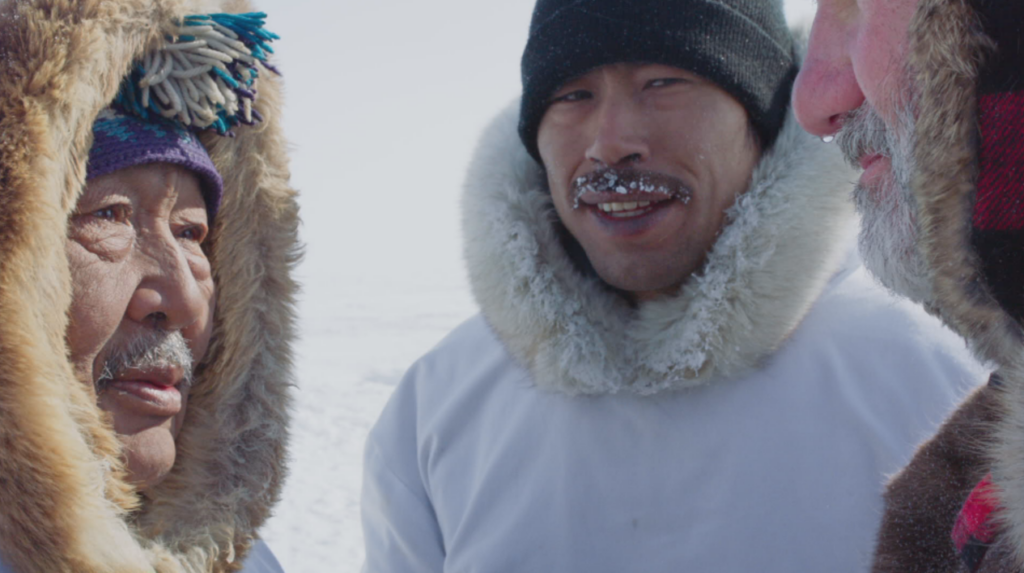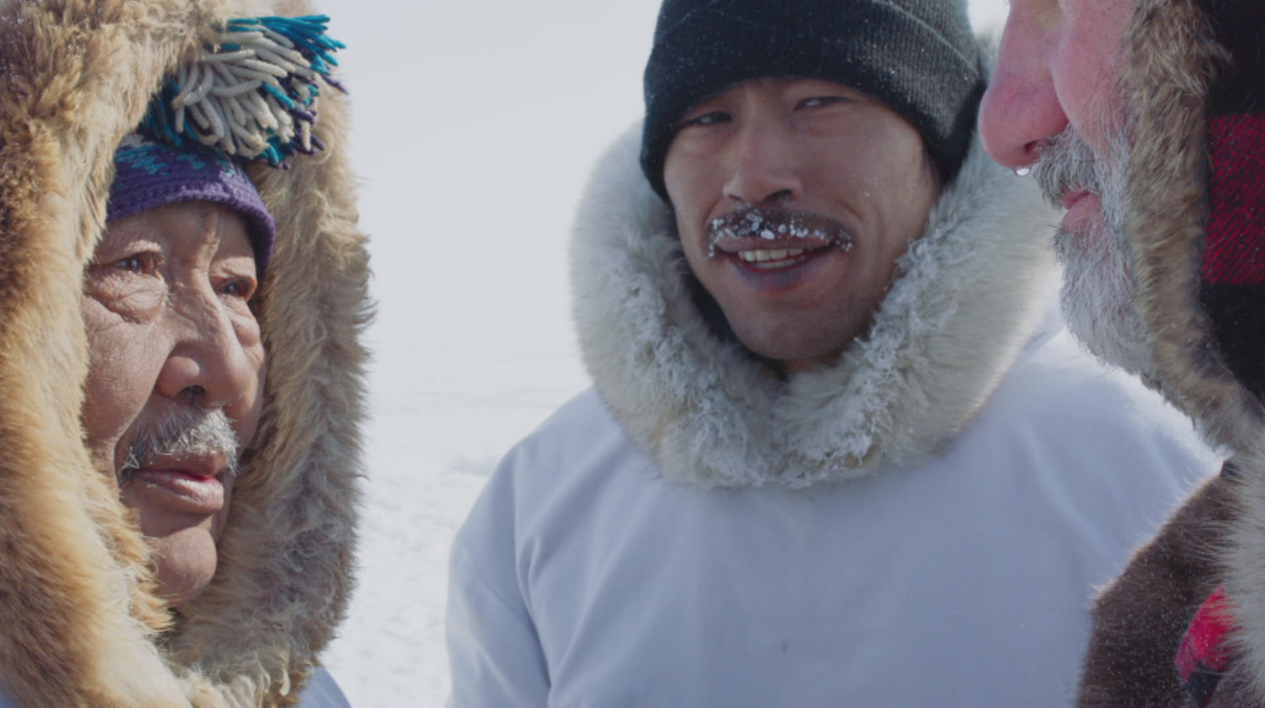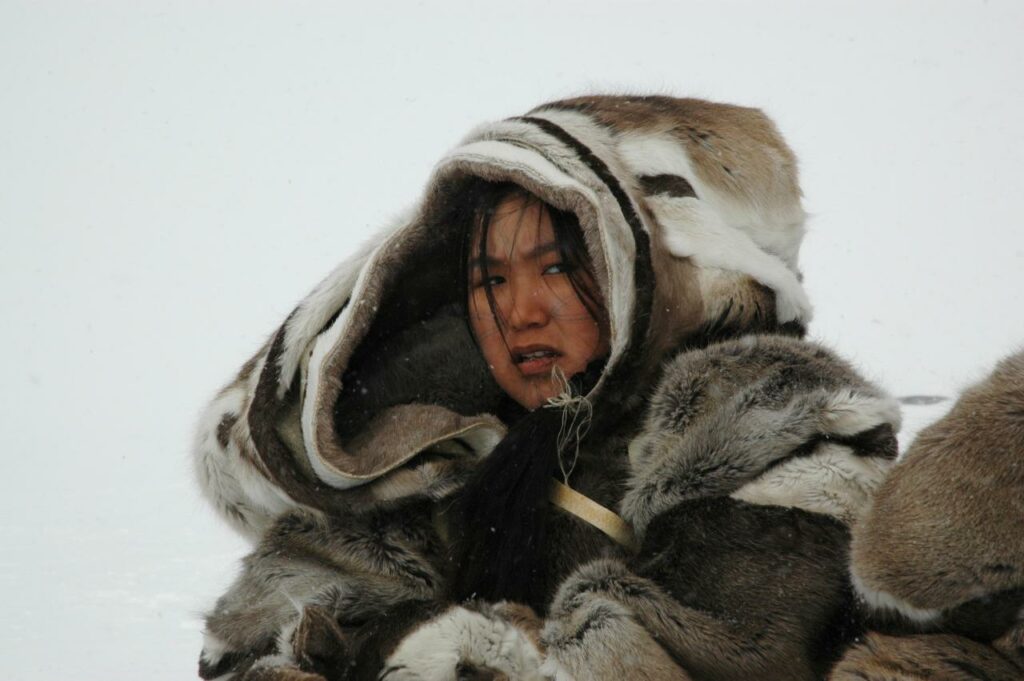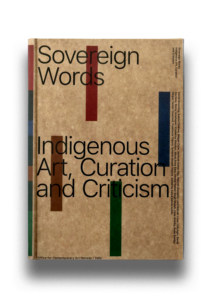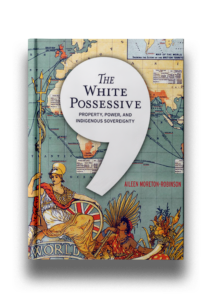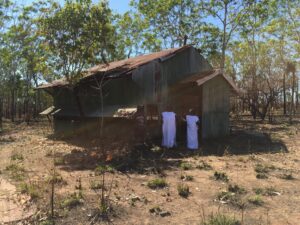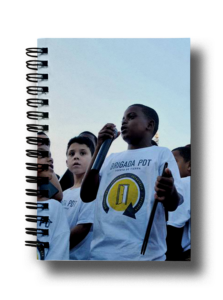About the project
Period
ongoing since 2008
Location
Igloolik Hamlet, North Baffin Island, Canadian Arctic Archipelago
External links
Proposed by
Candice Hopkins
Topics
In the Inuit language, Isuma means to think or thoughtfulness. IsumaTV (thoughtful media) uses Inuit video art – community-based Inuit-language digital filmmaking – to record our cultural history, preserve our language, create jobs for youth and economic development, strengthen our legal right to be informed and consulted in mining developments on our land and express Inuit identity and point of view in a world globalized by new media technologies. Inuit culture is an Oral Tradition passed down through generations for four millennia by storytelling the knowledge in our heads; we have no libraries. In the past 50 years, residential schools, town life, and foreign TV disrupted our storytelling tradition as our last elders passed away. Inuit media art recreates oral history and knowledge for present and future generations, keeping Inuit storytelling alive in the 21st century.
I was born in a sod house in 1957, and never saw a white person until age 9. First, I made whalebone carvings, then bought my first video camera in 1981; started Igloolik Isuma Productions with three partners in 1991; and made our first feature Atanarjuat The Fast Runner in 2001. In 2008, we launched IsumaTV, the first website just for Inuit and Aboriginal films. In 2012 we built Digital Indigenous Democracy, IsumaTV’s network of local servers to inform and consult Inuit on mining in communities where internet bandwidth is too slow and costly for Youtube or other media websites to work.
IsumaTV started in 2008 in Igloolik Hamlet, north Baffin Island, Canadian Arctic; the local server network expanded in 2012-16 to Arctic Bay, Pond Inlet, Iqaluit, Clyde River, Arviat, Cambridge Bay, Taloyoak, Kugaaruk, Kugluktuk, Gjoa Haven, Old Masset and Skidegate (Haida G’wai). Today, IsumaTV carries 1300 Inuit films and videos, of a total of 6000 films and videos in 80 languages worldwide, and brings the social, political and collective power of community-based media to remote communities on the wrong side of the Digital Divide. Located in physical communities (local servers, TV channels, local video production) and online in cyberspace, 6000 films and videos, in 80 indigenous languages from 6 continents.
About the artist
My Canadian name is Zacharias Kunuk, I have five Inuit atiit. As a child, I had to wear number E356 on a leather disk around my neck, Inuit names being too confusing for government to handle. I moved from land at age 9 to go to school in Igloolik, finished grade 8. First video camera 1981; Isuma partners work together 1985; first drama Qaggiq 1988; Atanarjuat wins Cannes 2001; start Isuma Distribution 2004, IsumaTV 2008, Digital Indigenous Democracy network in 12 communities by 2016.
